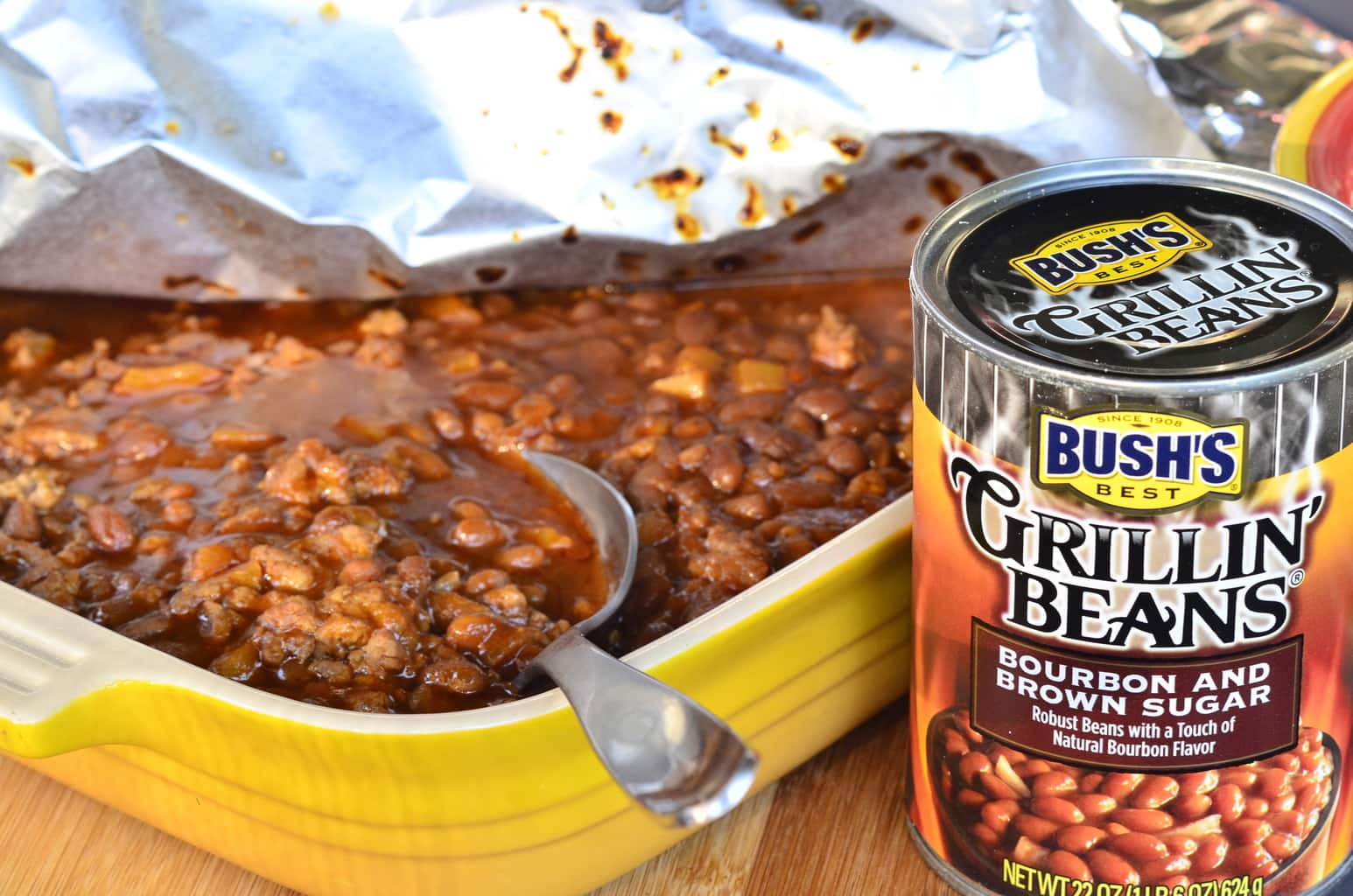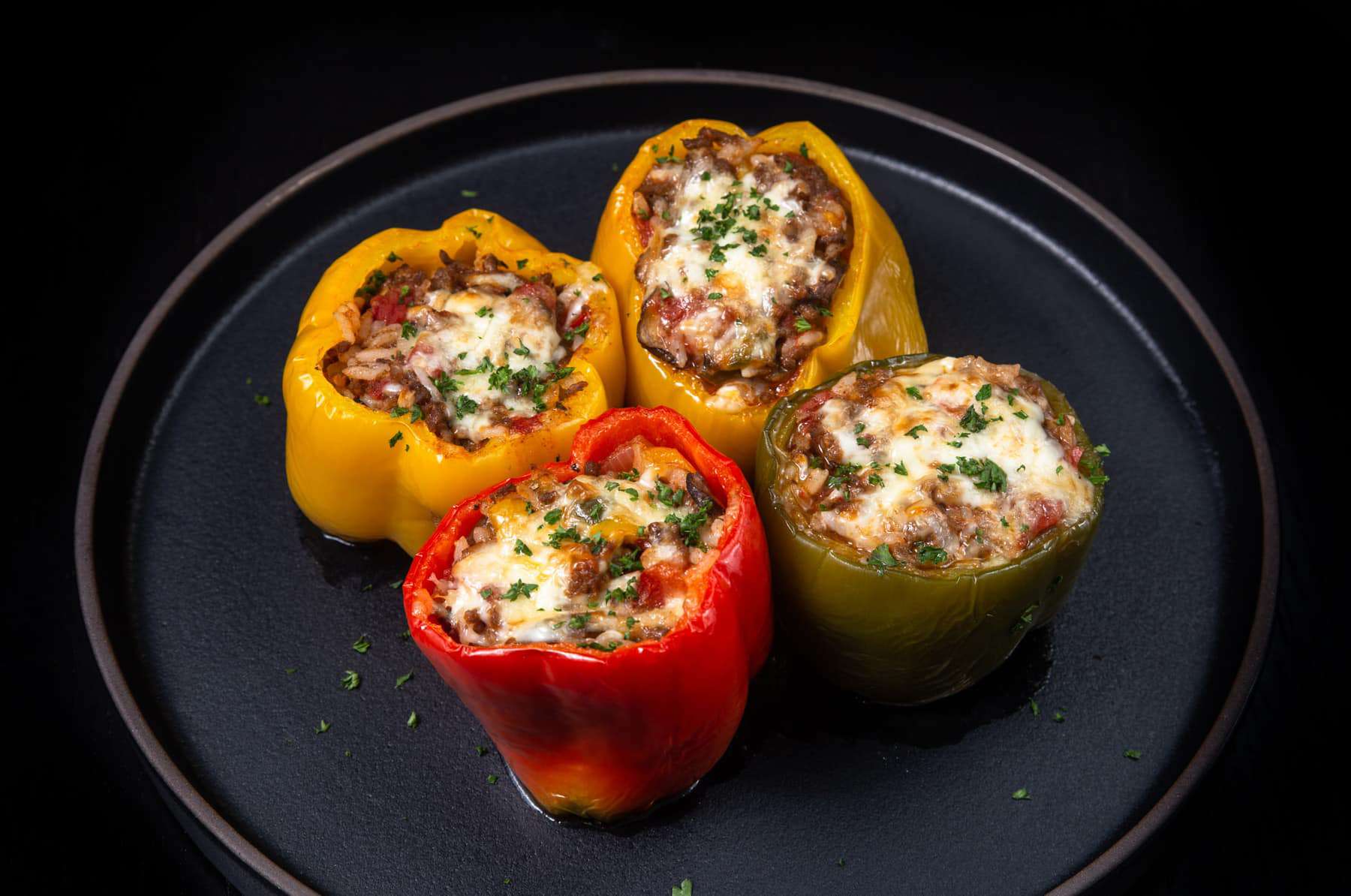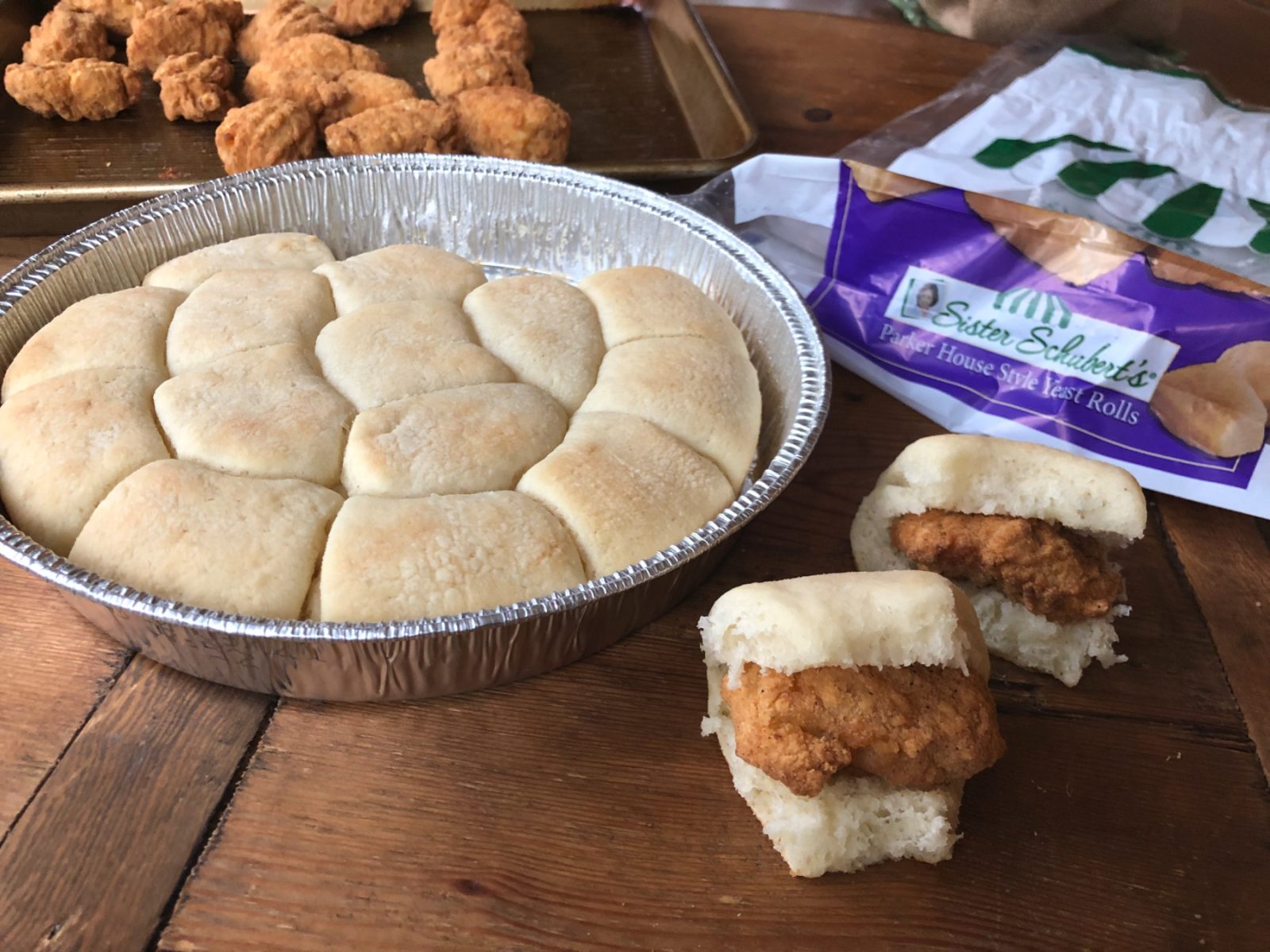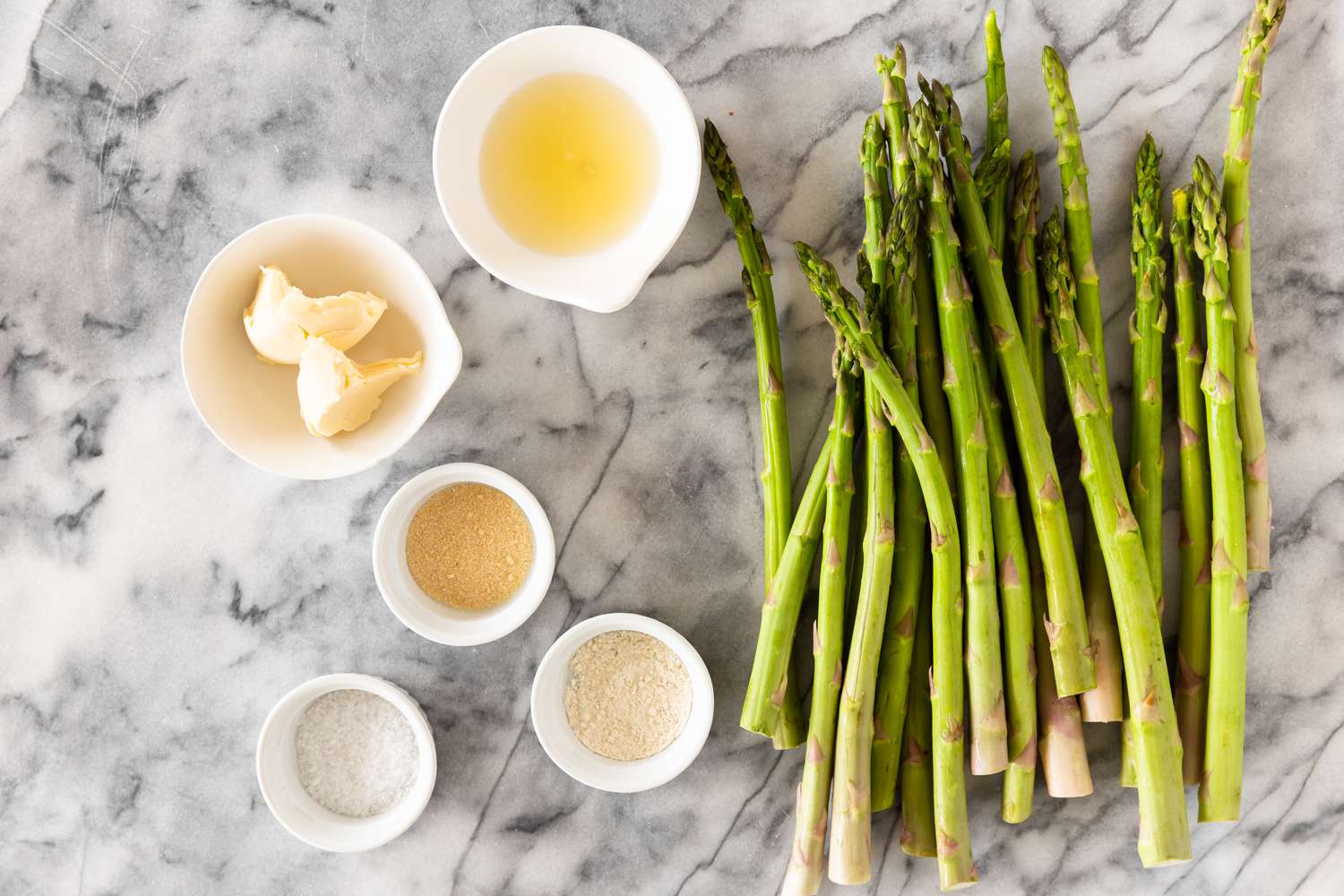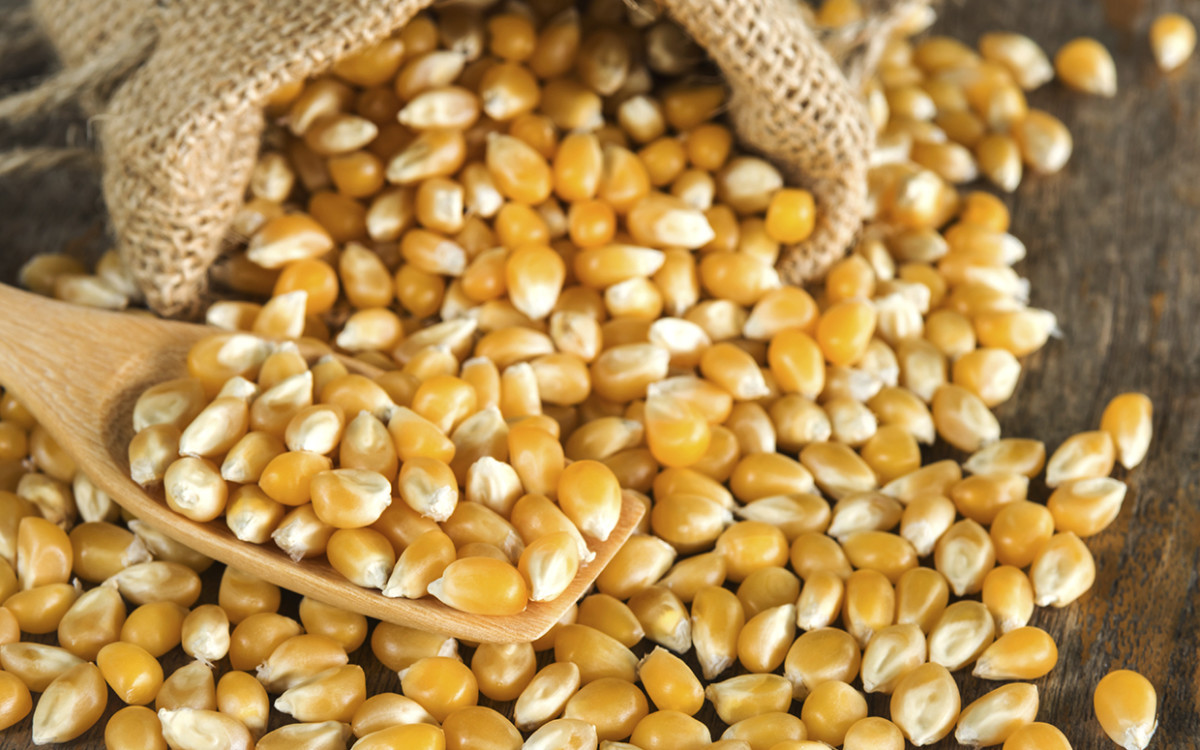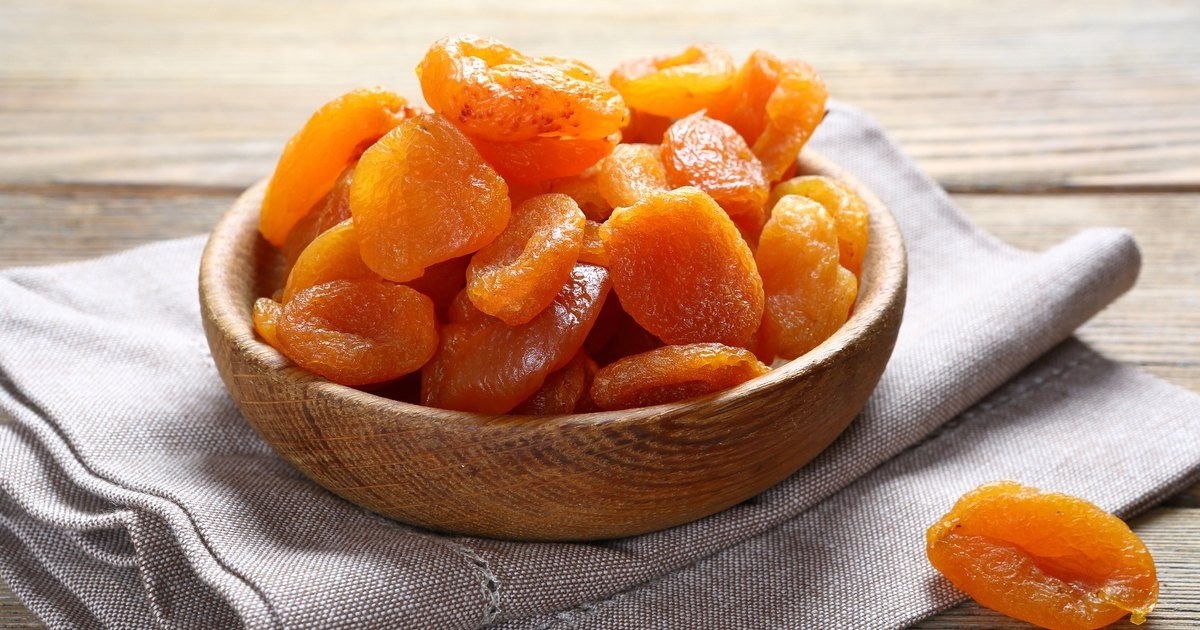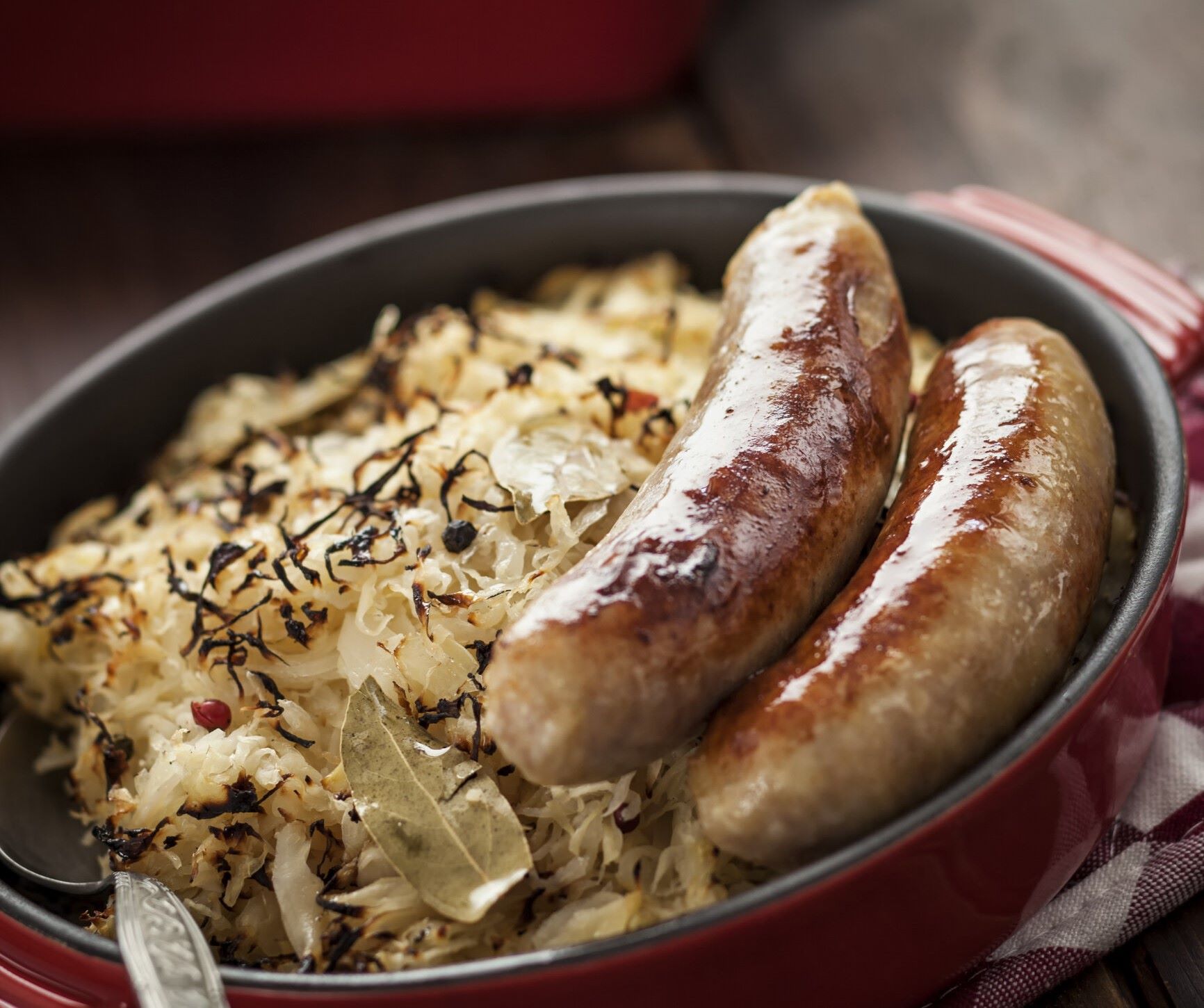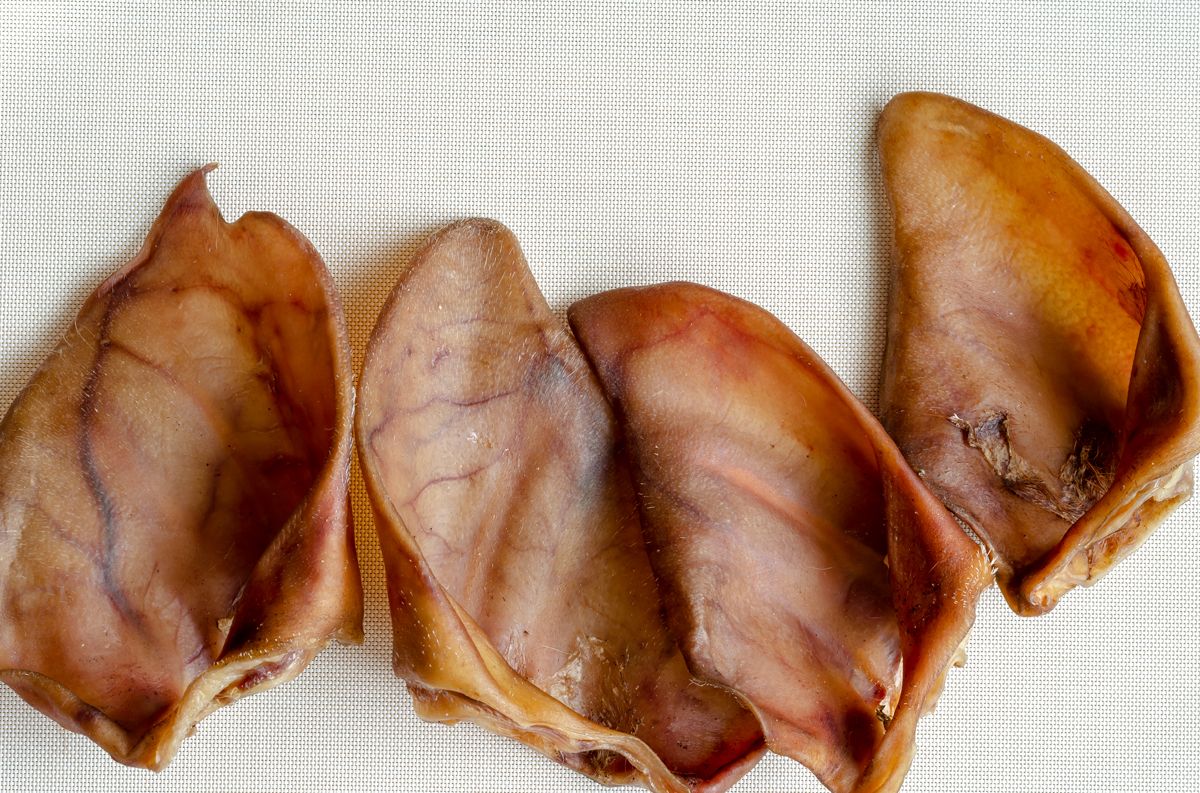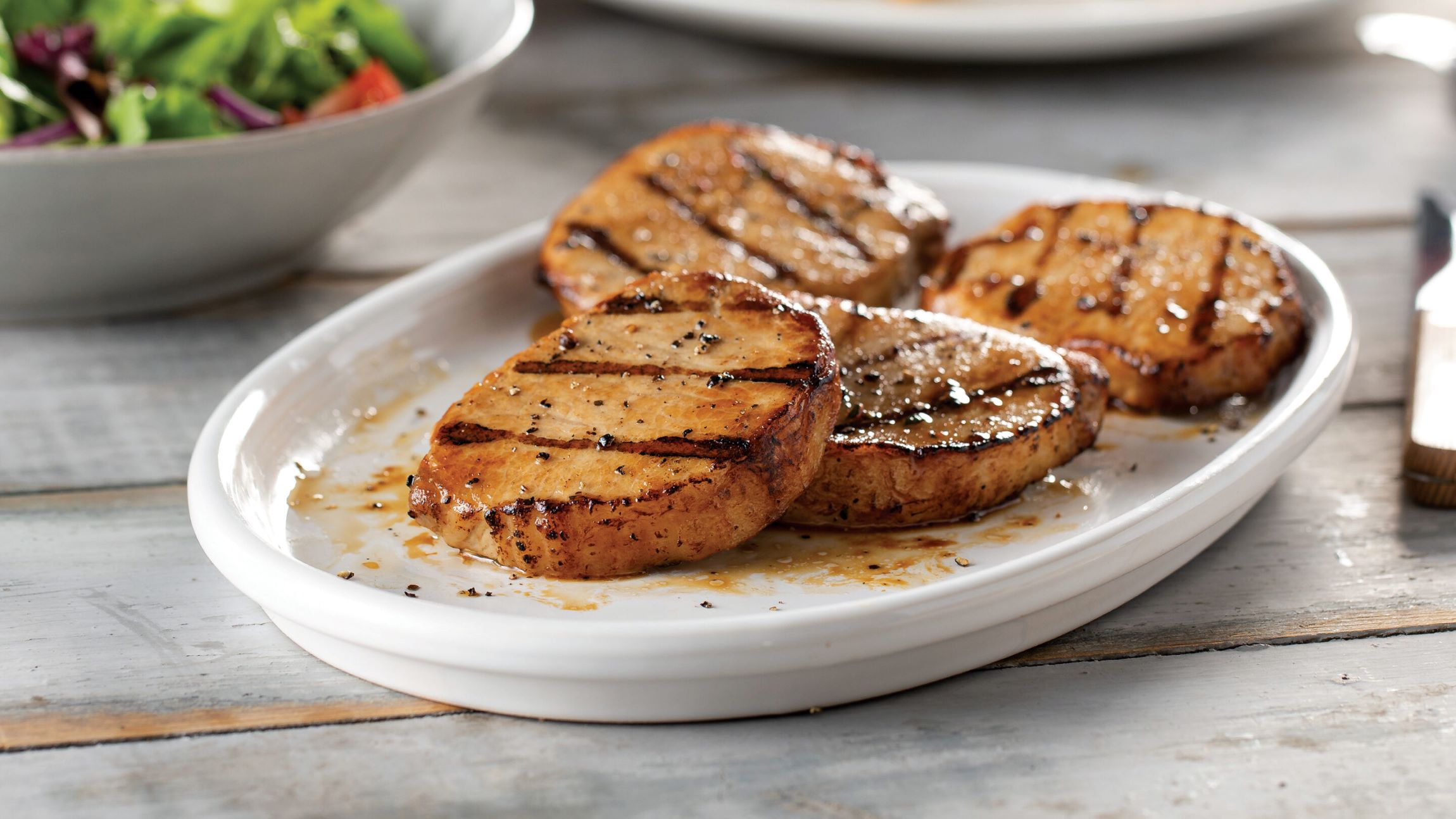How To Cook Vegetables On Blackstone
Are you looking to add a smoky and charred flavor to your vegetables? Cooking vegetables on a Blackstone grill can give you just that! The high heat and even cooking surface of the Blackstone can bring out the natural sweetness and enhance the flavors of your favorite vegetables. Here are some tips and tricks to help you master the art of cooking vegetables on a Blackstone grill:
1. Preparing the Vegetables
Before you start grilling, make sure to thoroughly wash and dry your vegetables. You can use a variety of vegetables such as bell peppers, zucchini, eggplant, mushrooms, onions, or asparagus. Cut them into uniform-sized pieces to ensure even cooking.
Pro tip: Marinating the vegetables in a flavorful dressing or seasoning them with salt, pepper, and olive oil can add an extra layer of deliciousness.
2. Preheating the Blackstone Grill
Turn on your Blackstone grill and preheat it to medium-high heat. Allow the grill to heat up for a few minutes, ensuring the cooking surface is hot before placing the vegetables on it. This will help achieve those beautiful grill marks and caramelization.
3. Oil the Grill Grates
Using a brush or folded paper towel, lightly oil the grill grates to prevent the vegetables from sticking. You can use cooking oil with a high smoke point like canola or vegetable oil.
4. Arrange the Vegetables
Place the vegetables on the hot grill grates in a single layer. Avoid overcrowding the grill to ensure even cooking. It’s also a good idea to place larger and thicker vegetables closer to the heat source and smaller ones further away.
5. Grill with Precision
Keep a close eye on the vegetables as they cook. Use a spatula or tongs to flip them occasionally to ensure they cook evenly on all sides. Depending on the size and thickness of the vegetables, they can take anywhere from 6 to 12 minutes to cook.
6. Remove from the Grill
Once the vegetables have achieved your desired level of doneness, remove them from the grill and transfer them to a serving platter. Sprinkle some freshly chopped herbs like parsley or basil for an added burst of freshness.
7. Serve and Enjoy
Your perfectly cooked vegetables are now ready to be served! They can be enjoyed as a side dish, added to salads, pasta, or sandwiches, or even as a tasty topping for pizzas.
Grilling vegetables on a Blackstone grill can transform them from ordinary to extraordinary. Remember, practice makes perfect, so don’t be afraid to experiment with different vegetables and seasonings to find your favorite combination. Happy grilling!
1. Preheat the grill to ensure proper cooking and avoid sticking.
2. Keep the vegetables in a single layer on the grill to promote even heat distribution.
3. Toss the vegetables occasionally to prevent burning and ensure even cooking.
4. Season the vegetables with your favorite herbs, spices, or marinades to enhance the flavor.
5. Use a grilling basket or skewers for smaller or more delicate vegetables to prevent them from falling through the grates.
6. Remove the vegetables from the grill when they are crisp-tender and have developed a nice char or grill marks.
Was this page helpful?
Read Next: How To Cook Buldak Ramen In Microwave

